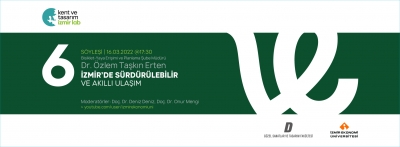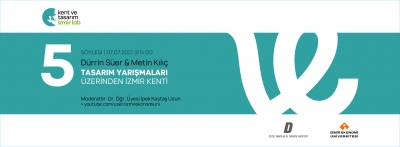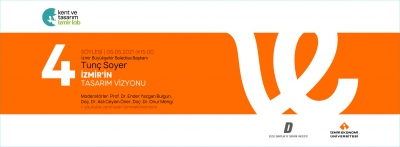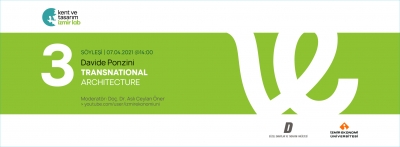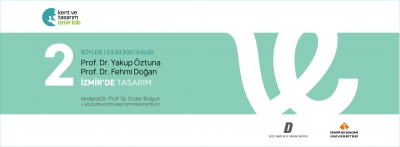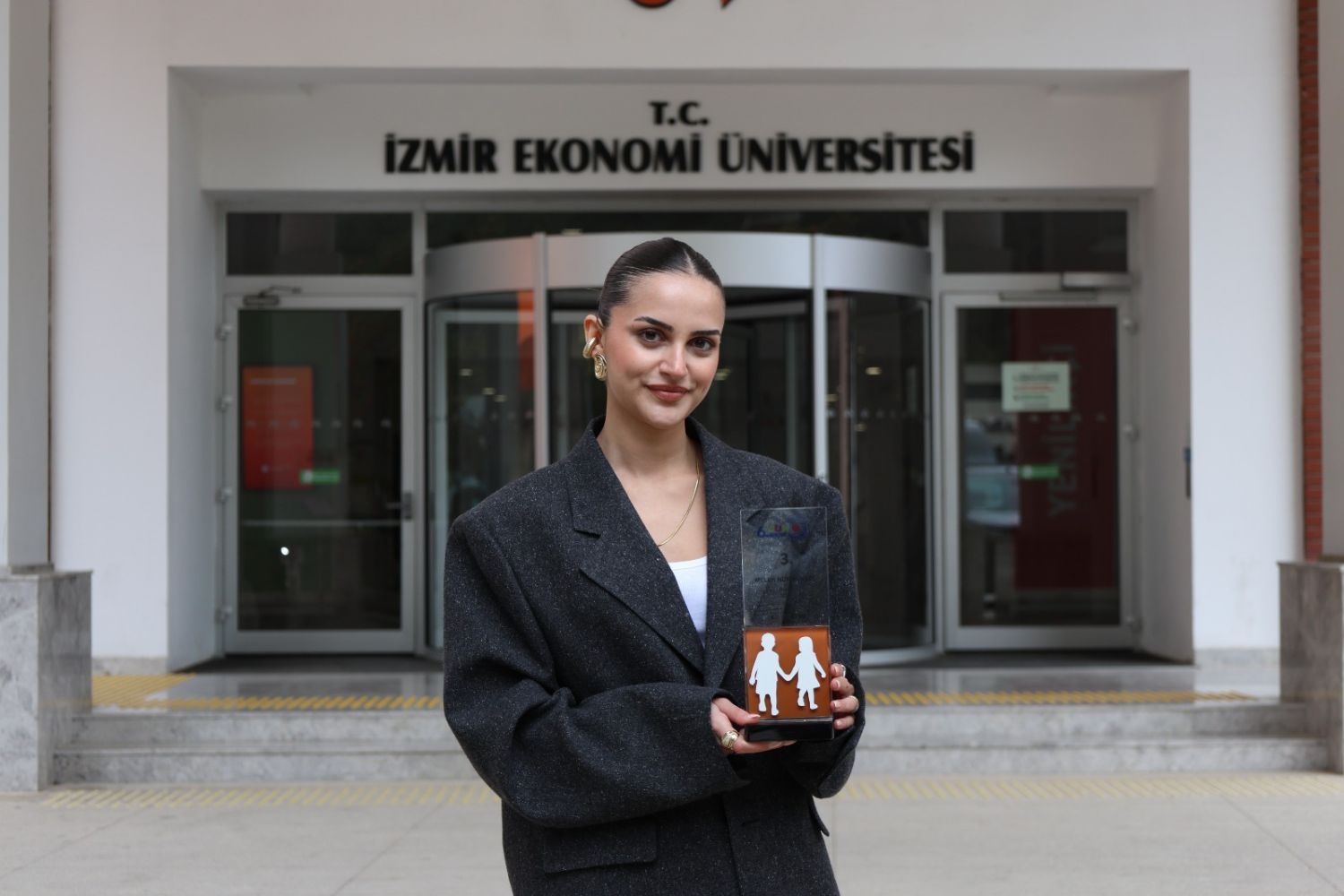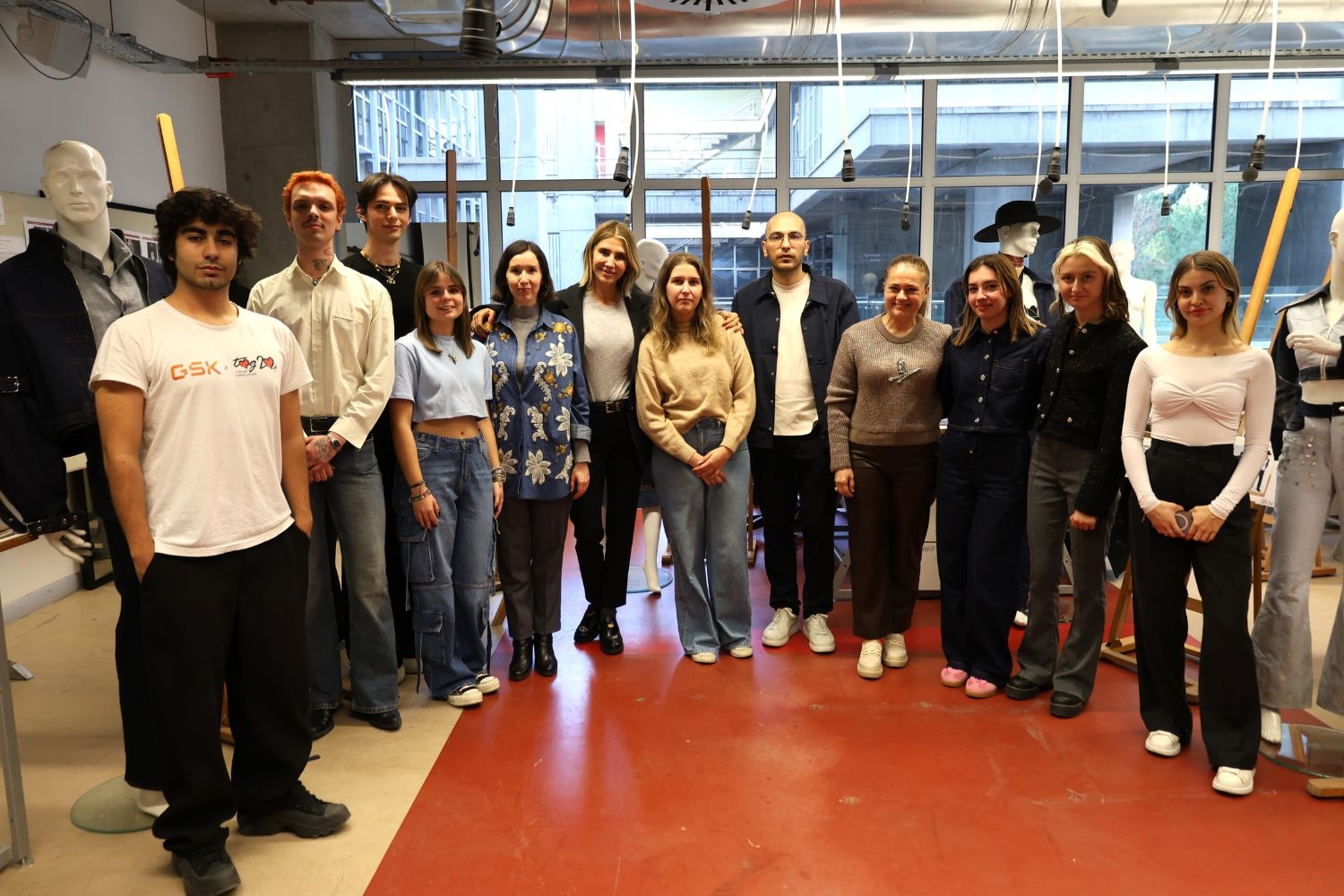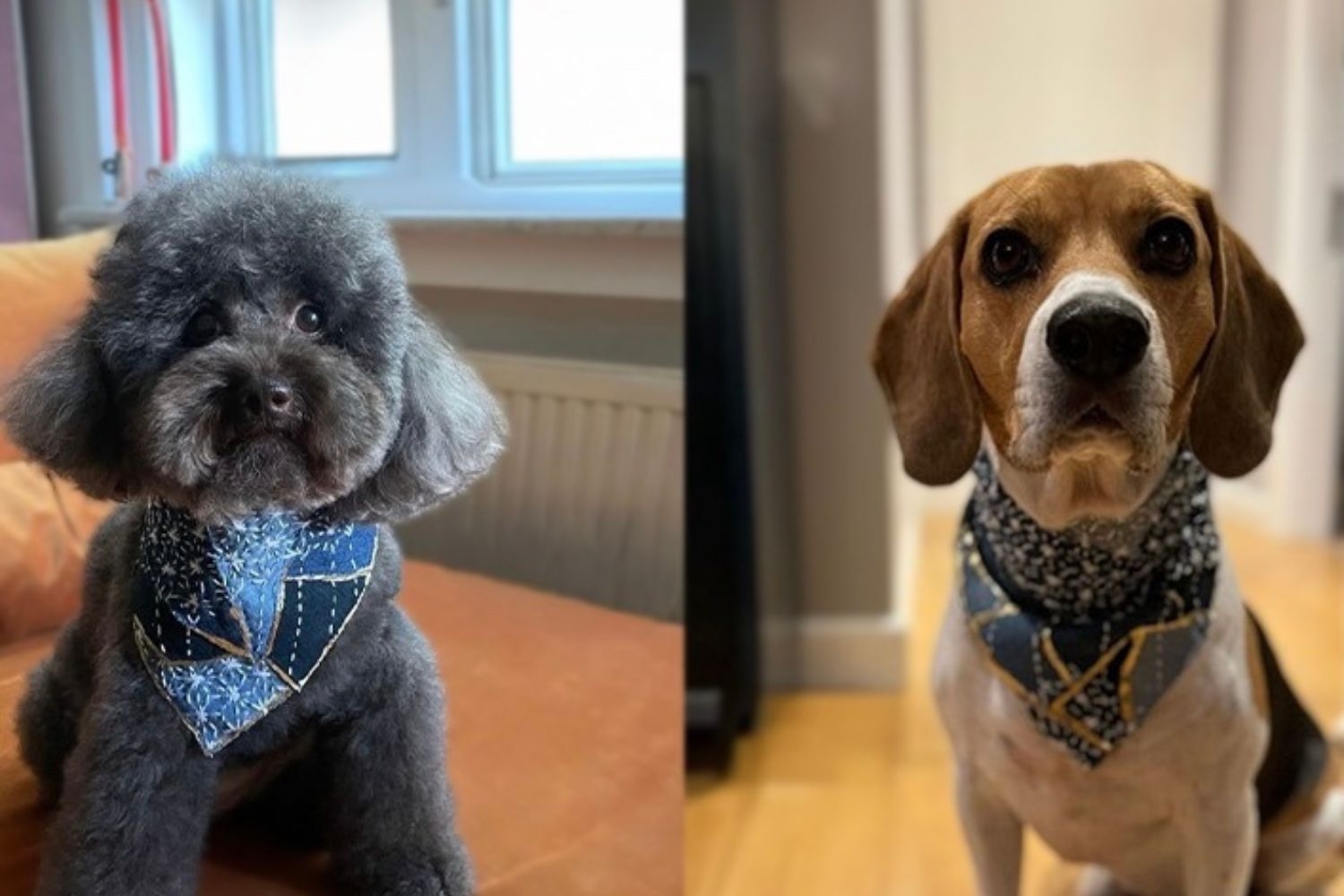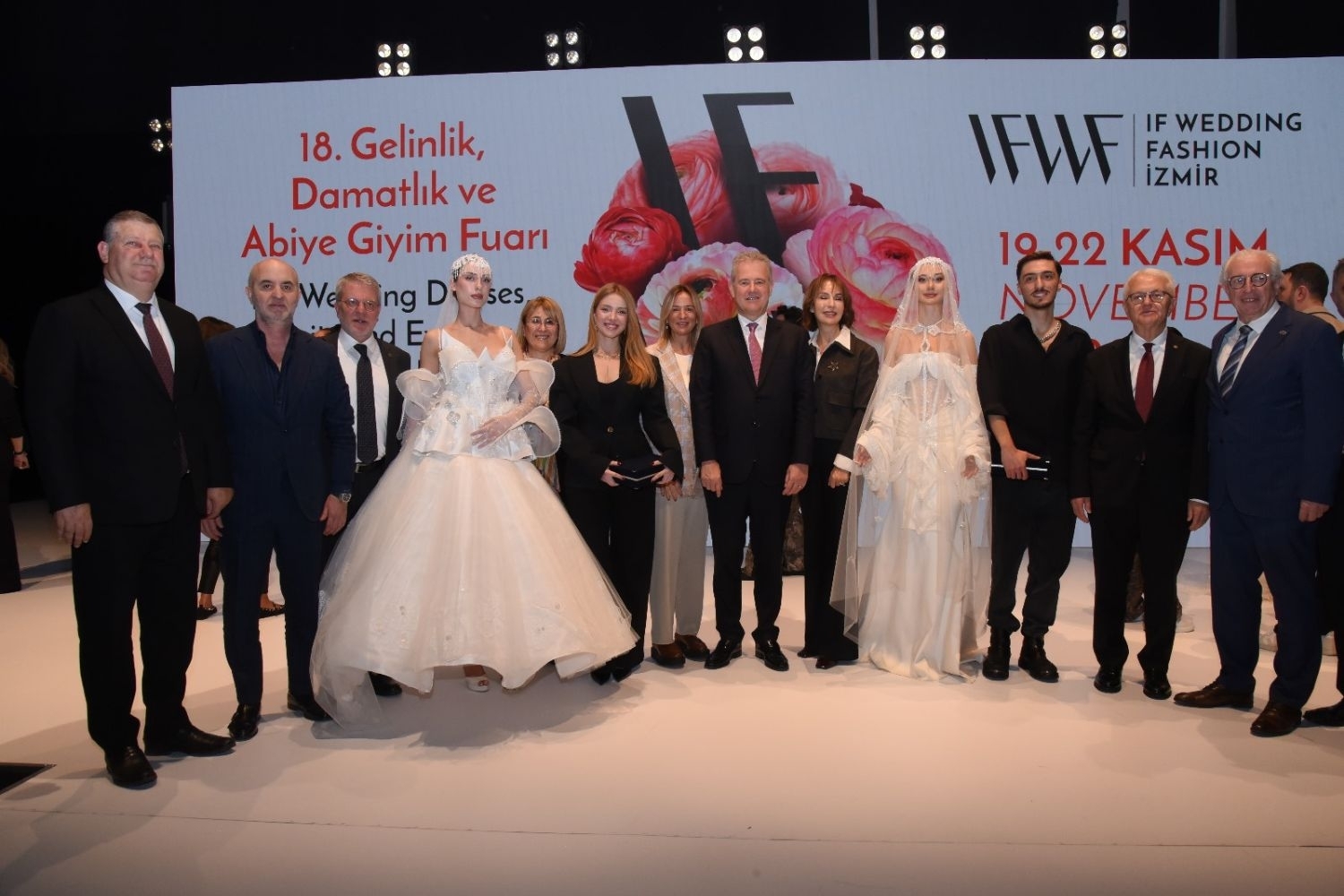FACULTY OF FINE ARTS AND DESIGN
Department of Textile and Fashion DesignFA 152 | Course Introduction and Application Information
| Course Name |
Introduction to Fashion Design
|
|
Code
|
Semester
|
Theory
(hour/week) |
Application/Lab
(hour/week) |
Local Credits
|
ECTS
|
|
FA 152
|
Spring
|
1
|
6
|
4
|
4
|
| Prerequisites |
None
|
|||||
| Course Language |
English
|
|||||
| Course Type |
Required
|
|||||
| Course Level |
First Cycle
|
|||||
| Mode of Delivery | face to face | |||||
| Teaching Methods and Techniques of the Course | Critical feedbackJuryApplication: Experiment / Laboratory / WorkshopPractical demonstrationLecture / Presentation | |||||
| National Occupation Classification | - | |||||
| Course Coordinator | ||||||
| Course Lecturer(s) | ||||||
| Assistant(s) | - | |||||
| Course Objectives | The aim of this course is to inform students about the fashion industry and the components of fashion design. It is aimed for students to acquire product development and basic sewing skills that will form the basis of their work in the coming years. |
| Learning Outcomes |
The students who succeeded in this course;
|
| Course Description | This course covers the basic fashion design processes such as design and material research, basic sewing methods, finishing techniques, and product development. It focuses on professional terminology, creative processes of design, and sewing studies. The use of sewing machines and teaching basic sewing techniques are included in the scope of this course. |
| Related Sustainable Development Goals |
|
|
Core Courses |
X
|
| Major Area Courses | ||
| Supportive Courses | ||
| Media and Management Skills Courses | ||
| Transferable Skill Courses |
WEEKLY SUBJECTS AND RELATED PREPARATION STUDIES
| Week | Subjects | Related Preparation |
| 1 | Introduction to the course / introduction of the course program and course materials (material list & group work information) / Introduction to the Fashion Industry (fashion terminology, market segments, product categories, trend system, inspiration sources and research) *Introduction of Sewing Patterns Booklet (SWATCHBOOK) | Sorger, R., Udale, J. (2006), “The Fundamentals of Fashion Design”, Ava Publishing. ISBN 978-2-940373-39-0 Mbonu, E., (2014). “Fashion Design Research”, Laurence King Publishing. ISBN: 978-1-78067-179-6 Udale, J. (2008). “Basics Fashion Design 02: Textiles and Fashion” Ava Publishing. ISBN: 978-2-940373-64-2 |
| 2 | Fabric Types, Stitch Types (plain stitch, zigzag, overlock, baby overlock, french stitch etc.) / Fabric and Stitch Review on Product / Introduction to Sewing Machines & Threading and Settings / Basic plain stitch trials and curve exercises on paper (without thread) | Singer, Ruth (2010). “Sew eco: sewing sustainable and re-used materials”, A. & C. Black, ISBN: 978-14081-0284-8 Amaden-Crawford, Connie (2006). “A guide to fashion sewing”, Fairchild ISBN: 1-56367-450-5 |
| 3 | Basic Sewing Exercises on calico (with thread) plain, zigzag, french stitch and curve exercise / STUDIO CRITIQUE 1 / Introduction to Overlock (baby overlock, 3 thread overlock) & Overlock Stitch Application | Singer, Ruth (2010). “Sew eco: sewing sustainable and re-used materials”, A. & C. Black, ISBN: 978-14081-0284-8 Amaden-Crawford, Connie (2006). “A guide to fashion sewing”, Fairchild ISBN: 1-56367-450-5 |
| 4 | Pattern Cutting (seam allowance, fabric direction, bias cutting etc.), Iron Usage, Interfacing Types and Usage / Basic Pocket Samples (cutting with cardboard template) / Basic Pocket Samples Sewing | Fischer, A. (2009). “Basics Fashion Design 03: Construction”, Ava Publishing. ISBN 978-2-940373-75-8 Shoben, M., Ward, J. P. (2012). “Pattern cutting and making up: the professional approach”, Routledge. ISBN: 978-0750603645 Joseph –Armstrong, H. (1995). “Patternmaking for Fashion Design”, Prentice Hall. ISBN: 0-321-03423-6 Chunman Lo, D. (2011). “Pattern Making: Portfolio Skills. Fashion & Textiles”, Laurence King Publishing. ISBN 978-1856697507, Pages: 16- 17 |
| 5 | Sewing Exercises, Square Assembling / PROJECT 1: TOTE BAG INTRODUCTION / Tote Bag application using basic sewing techniques (Pattern preparation) | Materials in the Materials List & Fabrics chosen by students for the Tote Bag |
| 6 | PROJECT 1: TOTE BAG (Tote Bag Application Using Basic Sewing Techniques - fabric cutting & sewing) / Pleat, Gathering, Frill, Assembling Curve Stitch and Gathering Exercise | Materials in the Materials List & Fabrics chosen by students for the Tote Bag |
| 7 | Piping Preparation and Applications / Molding, Collar Exercise (Top) | Amaden-Crawford, Connie (2006). “A guide to fashion sewing”, Fairchild ISBN: 1-56367-450-5 |
| 8 | Collar & Collar & Trim Exercise Continue / STUDIO CRITIQUE 2 | |
| 9 | MIDTERM WEEK | |
| 10 | Zipper Samples & Sewing & Application / Zipper Samples & Sewing & Application / STUDIO CRITIQUE 3 | |
| 11 | Slit & Dart / Fabric Cutting from Ready-made Pattern & Interlining - Trim Cutting / QUIZ | QUIZ will be done via Blackboard; personal computers must be brought. *The fabrics and materials listed for PROJECT 2 must be brought |
| 12 | Pattern Cutting and Product Sewing (shift dress) / 01.05. Labor and Solidarity Day | *The fabrics and materials listed for PROJECT 2 must be brought |
| 13 | Product Sewing (shift dress) zipper, beveled collar + interfacing, pocket, decorative stitching, slit, sleeve (piping) / Product Sewing (shift dress) zipper, beveled collar + interfacing, pocket, decorative stitching, slit, sleeve (piping) | *The fabrics and materials listed for PROJECT 2 must be brought |
| 14 | Product Sewing (shift dress) zipper, beveled collar + interfacing, pocket, decorative stitching, slit, sleeve (piping) / Product Sewing (shift dress) zipper, beveled collar + interfacing, pocket, decorative stitching, slit, sleeve (piping) | *The fabrics and materials listed for PROJECT 2 must be brought |
| 15 | PROJECT 2 SUBMISSION (DRESS + SWATCH BOOK) | |
| 16 | Semester Review |
| Course Notes/Textbooks | |
| Suggested Readings/Materials |
|
EVALUATION SYSTEM
| Semester Activities | Number | Weigthing |
| Participation |
1
|
10
|
| Laboratory / Application | ||
| Field Work | ||
| Quizzes / Studio Critiques |
4
|
40
|
| Portfolio | ||
| Homework / Assignments | ||
| Presentation / Jury | ||
| Project |
1
|
50
|
| Seminar / Workshop | ||
| Oral Exams | ||
| Midterm | ||
| Final Exam | ||
| Total |
| Weighting of Semester Activities on the Final Grade |
6
|
100
|
| Weighting of End-of-Semester Activities on the Final Grade | ||
| Total |
ECTS / WORKLOAD TABLE
| Semester Activities | Number | Duration (Hours) | Workload |
|---|---|---|---|
| Theoretical Course Hours (Including exam week: 16 x total hours) |
16
|
1
|
16
|
| Laboratory / Application Hours (Including exam week: '.16.' x total hours) |
16
|
6
|
96
|
| Study Hours Out of Class |
0
|
||
| Field Work |
0
|
||
| Quizzes / Studio Critiques |
4
|
1
|
4
|
| Portfolio |
0
|
||
| Homework / Assignments |
0
|
||
| Presentation / Jury |
0
|
||
| Project |
2
|
2
|
4
|
| Seminar / Workshop |
0
|
||
| Oral Exam |
0
|
||
| Midterms |
0
|
||
| Final Exam |
0
|
||
| Total |
120
|
COURSE LEARNING OUTCOMES AND PROGRAM QUALIFICATIONS RELATIONSHIP
|
#
|
Program Competencies/Outcomes |
* Contribution Level
|
|||||
|
1
|
2
|
3
|
4
|
5
|
|||
| 1 |
To be able to develop and design a collection independently. |
-
|
-
|
-
|
-
|
-
|
|
| 2 |
To be able to do maintain a design research individually or as a team. |
-
|
X
|
-
|
-
|
-
|
|
| 3 |
To be able to develop entrepreneurship- and managerial skills for a future professional practice. |
-
|
-
|
-
|
-
|
-
|
|
| 4 |
To be able to understand, interpret and apply theoretical knowledge in fashion and textile design. |
-
|
-
|
-
|
-
|
-
|
|
| 5 |
To be able to analyze and integrate the particular local and regional needs and of their profession. |
-
|
-
|
-
|
-
|
-
|
|
| 6 |
To be able to obtain a multidisciplinary point of view, follow and analyze the new issues, changes and trends in contemporary design and art in such a way that they can be integrated into design practice. |
-
|
X
|
-
|
-
|
-
|
|
| 7 |
To be able to apply industrial requirements, knowledge of material & usage and know-how knowledge in the creation of high quality fashion products. |
-
|
-
|
X
|
-
|
-
|
|
| 8 |
To be able to use digital information and communication technologies at a level that is adequate to the discipline of fashion and textile design. |
X
|
-
|
-
|
-
|
-
|
|
| 9 |
To be able to develop an ongoing analytical and professional approach to academic and design research. |
-
|
-
|
-
|
-
|
-
|
|
| 10 |
To be able to recognize the need and importance of a personal lifelong learning attitude towards their chosen area of interest. |
-
|
X
|
-
|
-
|
-
|
|
| 11 |
To be able to collect data in the areas of fashion and textile design and communicate with colleagues in a foreign language ("European Language Portfolio Global Scale", Level B1). |
-
|
-
|
-
|
-
|
-
|
|
| 12 |
To be able to speak a second foreign at a medium level of fluency efficiently. |
-
|
-
|
-
|
-
|
-
|
|
| 13 |
To be able to relate the knowledge accumulated throughout the human history to their field of expertise. |
-
|
-
|
-
|
-
|
-
|
|
*1 Lowest, 2 Low, 3 Average, 4 High, 5 Highest
NEWSALL NEWS

IZMIR UNIVERSITY OF ECONOMICS GÜZELBAHÇE CAMPUS
DetailsGLOBAL CAREER
As Izmir University of Economics transforms into a world-class university, it also raises successful young people with global competence.
More..CONTRIBUTION TO SCIENCE
Izmir University of Economics produces qualified knowledge and competent technologies.
More..VALUING PEOPLE
Izmir University of Economics sees producing social benefit as its reason for existence.
More..










